Search
Search Results
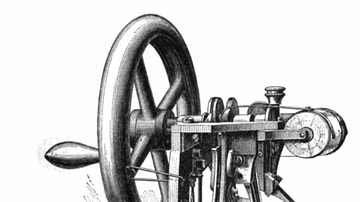
Image
Howe's Sewing Machine
An illustration of the lockstitch sewing machine, invented in 1844 by Elias Howe (1819-1867) in Cambridge, USA. The machine made much stronger fabrics than previously as the stitches did not unravel if the thread broke. The secret was the...
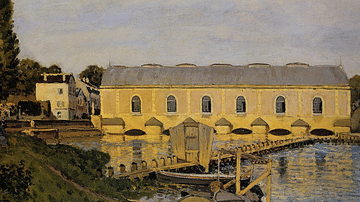
Image
The Machine at Marly by Sisley
An 1873 oil on canvas, The Machine at Marly, by Alfred Sisley (1839-1899), the Franco-British impressionist painter. This machine fascinated the artist, it was used to pump water to the magnificent gardens at Versailles. (Ny Carlsberg Glyptotek...
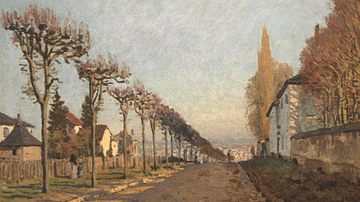
Image
The Chemin de la Machine, Louveciennes by Sisley
An 1873 oil on canvas, The Chemin de la Machine, Louveciennes, by Alfred Sisley (1839-1899), the Franco-British impressionist painter. (Musée d'Orsay, Paris)
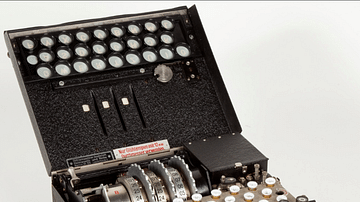
Image
Enigma Cypher Machine
An ENIGMA cypher machine, used by Nazi Germany during the Second World War to send coded communications. Unknown to the Germans, the Poles, French, and British deciphered the code. (Museum of Science and Technology, Milan)
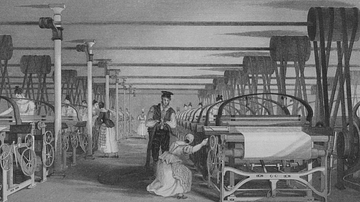
Article
The Textile Industry in the British Industrial Revolution
During the Industrial Revolution (1760-1840), textile production was transformed from a cottage industry to a highly mechanised one where workers were present only to make sure the carding, spinning, and weaving machines never stopped. Driven...
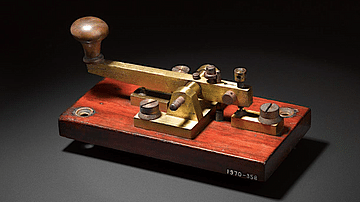
Definition
Electrical Telegraph
The electrical telegraph was invented in 1837 by William Fothergill Cook (1806-1879) and Charles Wheatstone (1802-1875) in England with parallel innovations being made by Samuel Morse (1791-1872) in the United States. The telegraph, once...
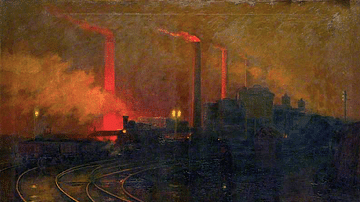
Definition
British Industrial Revolution
The British Industrial Revolution (1760-1840) brought innovative mechanisation and deep social change. The process saw the invention of steam-powered machines, which were used in factories in ever-growing urban centres. Agriculture remained...
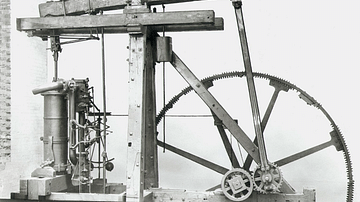
Article
Top 10 Inventions of the Industrial Revolution
The British Industrial Revolution transformed life at work and at home for practically everyone. Noise, pollution, social upheaval, and repetitive jobs were the price to pay for labour-saving machines, cheap and comfortable transportation...
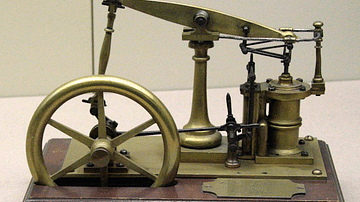
Definition
Watt Steam Engine
The steam engine developed by the Scotsman James Watt (1736-1819) from 1769 was much more efficient in terms of power and fuel consumption than earlier models, and it significantly increased the possible uses for this key invention of the...
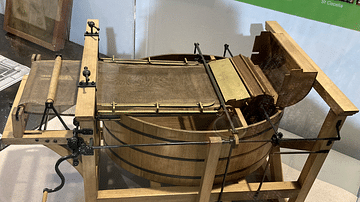
Image
Papermaking Machine
As with many inventions during the Industrial Revolution, the papermaking machine was something of a collaborative affair. This model is of one of the early machines developed by the Frenchman Nicholas Louis Robert (1761-1828) in 1799. The...